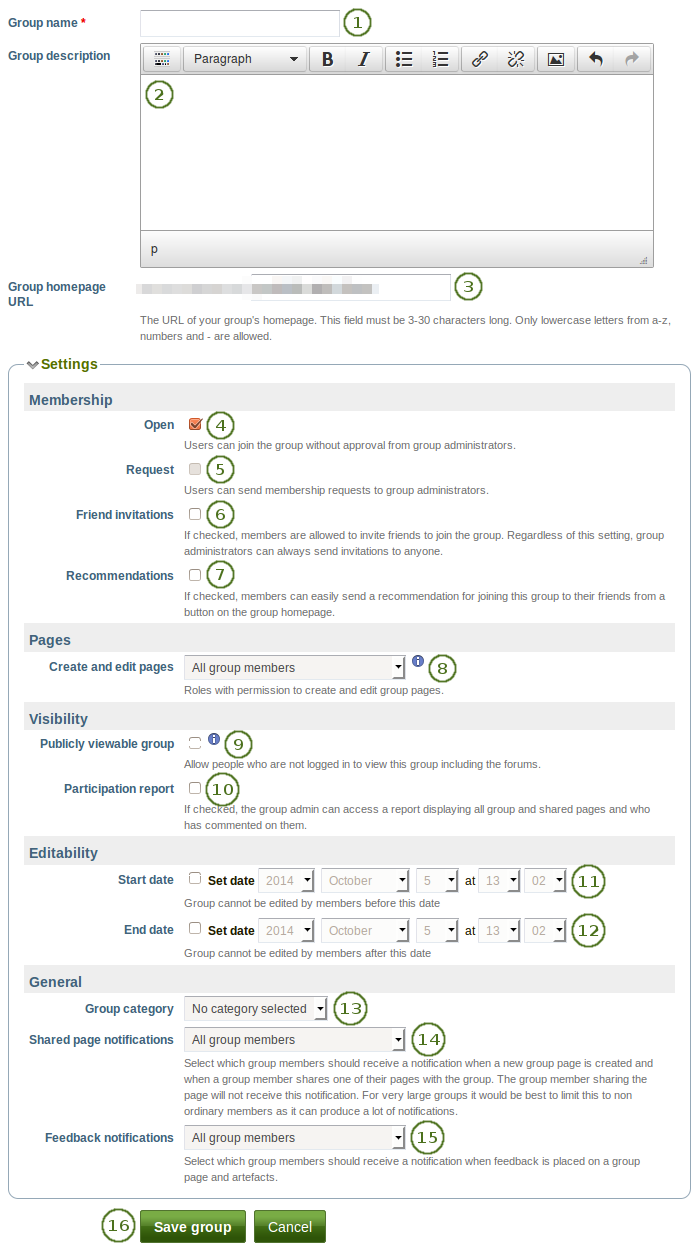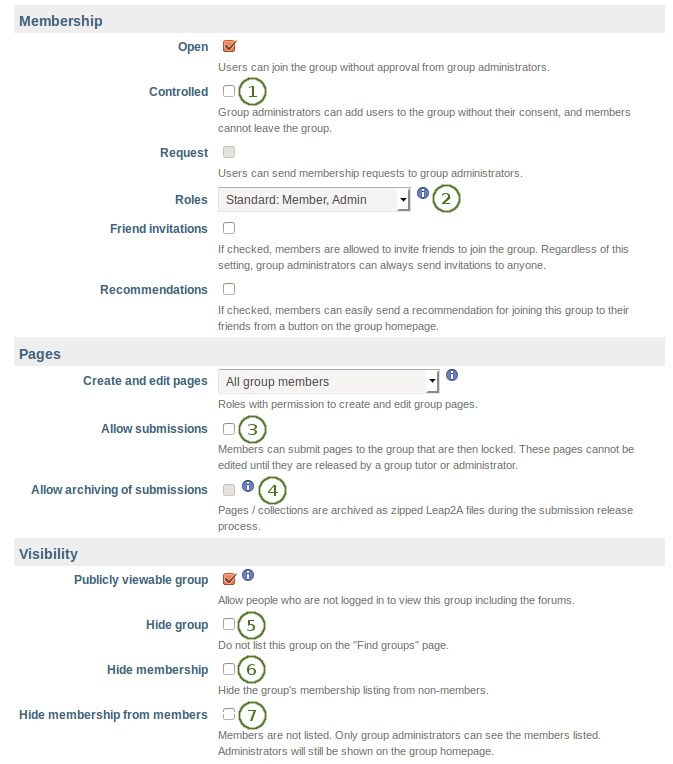 Folioz
Folioz
Folioz is a digital personal learning portfolio aka ePortfolio. It is the perfect personal learning environment mixed with social networking, enabling students to collect, reflect on and share their achievements and development online in a space they control.
Folioz is a SSHRC funded research platform and is powered by Mahara. Mahara is provided freely as open source software (under the GNU General Public License).
 [module-322]
[module-322]
What makes Folioz different from other ePortfolio systems is that you control which items and what information (Artefacts) within your portfolio other users see.
In order to facilitate this access control, all Artefacts you wish to show to other users need to be bundled up and placed into one area. Within Folioz this compilation of selected Artefacts is called a View.
You can have as many Views as you like, each with a different collection of Artefacts, and intended purpose and audience. Your audience, or the people you wish to give access to your View, can be added as individuals or as a member of a Group or Community.
ePortfolio owners create Views using a 4 step process and Views have the following features:
- ePortfolio owners can receive public or private feedback on their View and Artefacts within that View.
- Users accessing a View can report any objectionable material directly to the Site Administrator.
- Users can add Views and Artefacts within a View to their Watchlist and receive automated notifications of any changes or updates.
- ePortfolio owners can Submit a View for Assessment by a tutor or teacher allowing for a snapshot of the View and associated Artefacts on a certain date.
Other Features of Folioz:
File Repository
Folioz includes a file repository which allows users to:
- Create folder and sub folders structures
- Upload multiple files quickly and efficiently
- Give each file a Name and Description
- Manage their file allocation Quota
- When uploading a file users must agree to a configurable Copyright disclaimer.
- Can extract .zip, .tar.gz and .tar.bz2 from within the files area
Blogs/Journal
A comprehensive blogging tool is provided in Folioz, where blogs and blog postings are considered Artefacts and may be added to a View.
The blogging tool allows users to:
- Create blog posts using a WYSIWYG editor
- Attach files to posts
- Embed images into postings
- Configure whether or not Comments may be received on their blog
- Create draft postings for later publishing
Personal Learning Network
Folioz provides a social networking facility where users can create and maintain a list of Friends within the system. ePortfolio owners choose whether other users can add them to their Friends list automatically or by request and approval.
An ePortfolio owner's Friends lists shows those Views to which they have been assigned access.
Resume Builder
Folioz includes a resumé builder which allows users to create digital CV’s by entering information into a variety of optional fields including:
- Contact and personal information
- Employment and education history
- Certifications, accreditations and awards
- Books and publications, professional memberships
- Personal, academic and work skills and
- Personal, academic and career goals
Profile Information
Log-in to Folioz with your ClassCloud Key

 [module-322]
[module-322]

